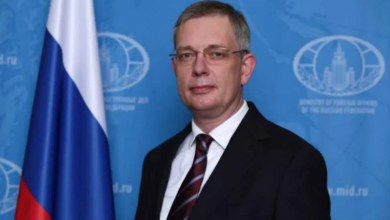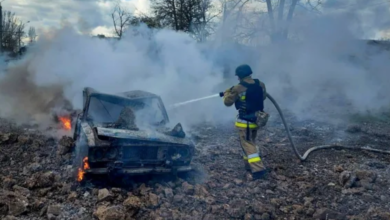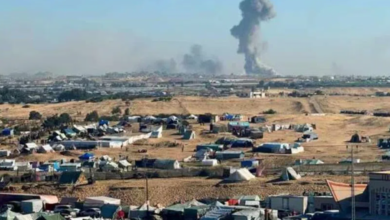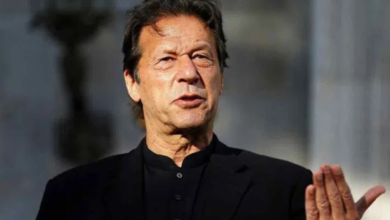Vladimir Putin is about to win the ammunition war against the West

‘The current rate of Ukraine’s ammunition expenditure is many times higher than our current rate of production,” Jens Stoltenberg, Nato’s secretary general, said this week. “This puts our defence industries under strain.” In two sentences he confirmed a major hitch in the West’s efforts to support Kyiv, one that experts have been highlighting since the first months of the war: we are running out of supplies.
In fact, Ukraine is not using excessive amounts of artillery shells compared with historical conflicts. These shortages are instead a stark demonstration of the hollowing-out of Nato since the end of the Cold War. Now, lifting munitions production cannot be done with an on-off switch – it will require several issues to be resolved concurrently.
The manufacture of artillery ammunition centres around five primary processes: the forging of shell cases; the production of explosive energetics; charge manufacture; fuse manufacture; and filling.
The first process – forging the cases – is simple and can be expanded through the repurposing of civilian forging capacity. But making the payload to go in them is far less easy. Firstly, there is the need to secure the relevant raw materials, which are in high demand on the international market and therefore expensive. Secondly, as the product is a high explosive, the factory must meet certain regulatory criteria. Thirdly, the product must have very high-quality control and conform to specified requirements.
The propellant charges, for example, must release energy at a rate that conforms to the tolerances of the system through which it will be fired and match the power upon which the range tables for the system are based. If the UK were producing 155mm rounds for its own artillery, this would be one problem, but Ukrainian forces use 17 artillery types of both Nato and Soviet legacy design, not all of which we have the technical specifications for.
Moreover, filling and cooling shells is a precise process. The high explosive must be heated, poured into the shell casing and then cooled at a specified rate so that it does not contain deformities, cavities or cracks. The facility for doing this must be protected from climatic variations. This, again, brings significant regulatory constraints.
Then we have the less-than-favourable economics of the enterprise. Shells are used in vast quantities during wartime and must be cheap. This means the manufacturer makes a small margin of return on each shell. Therefore, in peacetime, the incentive to produce is vastly reduced, since the state requires a small number of shells. Yes, stockpiling is an option, but shells have a shelf life of around 20 years so it can also be wasteful.
Some might say the answer is to have excess capacity. But this requires companies to keep factory facilities idle for decades, which comes with considerable overheads. Western producers cannot justify absorbing such a cost while facing cuts and being driven to compete for international contracts. Thus, munitions factories have been shrunk or closed.
Russia also requires vast amounts of ammunition. However, Putin has put his entire economy on a war footing. It is not subject to the same commercial constraints as Nato’s defence industry, and Russian producers are not constrained by concerns over industrial safety. Nato must strive to ramp up production before Moscow resolves the inefficiencies, corruption and inertia of its manufacturing base.
Dr Jack Watling is senior research fellow for land warfare at the Royal United Services Institute.







